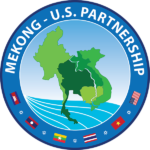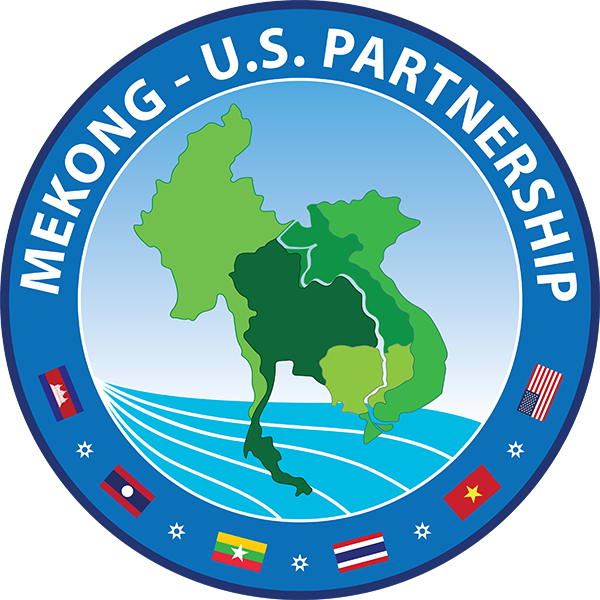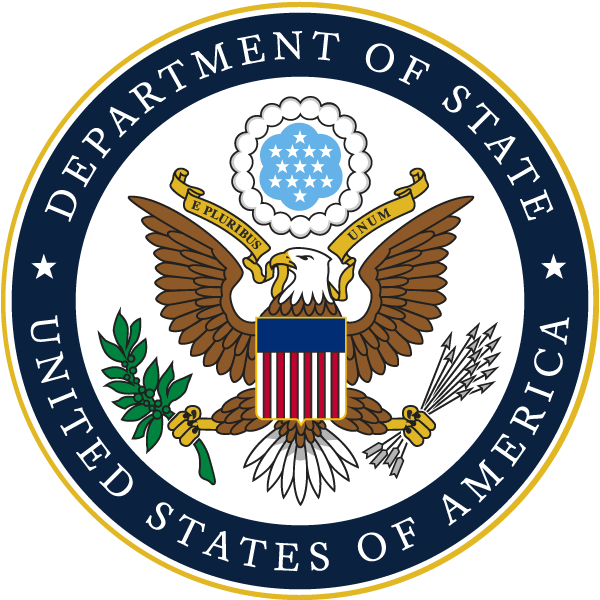The United States Agency for International Development (USAID) and the U.S. National Aeronautics and Space Administration (NASA) today announced a five-year project that will promote the use of satellite imagery to help Asia’s Lower Mekong region better predict and cope with floods and other natural disasters and increase resilience to the negative effects of climate change.
SERVIR Mekong, funded by USAID and NASA and implemented by the Asian Disaster Preparedness Center (ADPC) and its partners, will help governments and other key decision-makers in Burma, Cambodia, Laos, Thailand and Vietnam take advantage of publicly available satellite imagery, geospatial data and maps to make more informed decisions on issues such as water management, land use planning, disaster risk reduction, infrastructure development and natural resource management.
“Use of the best available science and technology is essential to safeguarding this region’s vital ecosystems and the goods and services they provide to society,” said Michael Yates, Director of USAID’s Regional Development Mission for Asia. “Under SERVIR Mekong, Asian scientists, NASA scientists and others will work hand-in-hand to develop tools to build resilience and address some of the region's greatest challenges.”
Operating as a regional hub, SERVIR Mekong will promote collaboration between technical institutions in the region and develop analytical tools, services and products that are tailored to the needs of the Lower Mekong region’s decision-makers such as government officials and disaster management professionals and regional institutions such as planning agencies and development partners.
SERVIR Mekong is one of four SERVIR hubs currently operating across the developing world. SERVIR connects USAID’s development network in data-poor environments with NASA’s science, technology and extensive satellite data. Together with leading regional organizations in Africa, Asia and Latin America, SERVIR has developed 43 climate change adaptation and mitigation products to provide information, tools and training to more than 30 countries.
For example, in Bangladesh, where climate change has altered rainfall patterns and disrupted formerly predictable flood cycles, a new satellite-based flood forecasting system developed by the SERVIR hub based in Nepal is helping communities and supporting agencies design measures to better protect lives, homes, crops and livestock. SERVIR Mekong will bring similar tools to bear on the challenges of the Lower Mekong region. More information on SERVIR is available at www.servirglobal.net.
 Mekong - U.S. Partnership
Mekong - U.S. Partnership


